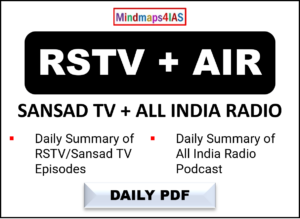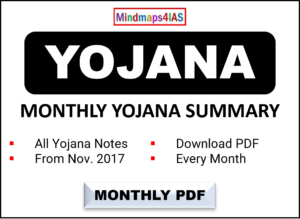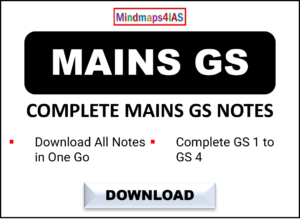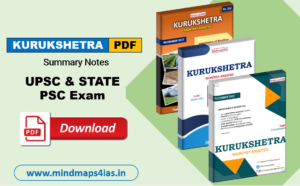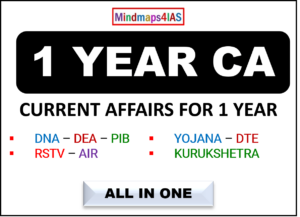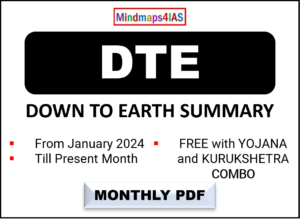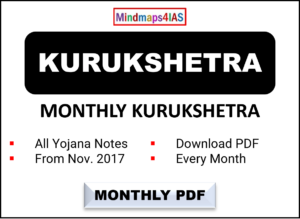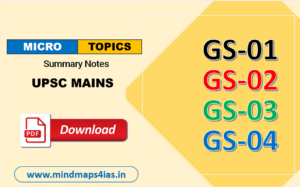Subject: Geography, History, International Relations
Relevance: Understanding Taiwan’s complex relationship with China, its geopolitical significance, and its unique history are crucial for the UPSC exam, especially concerning international relations, regional security, and India’s foreign policy.
Why in the News?
-
The U.S. State Department’s Taiwan page removed wording about not supporting Taiwan’s independence, prompting a response from China.
-
China condemned the sailing of a Canadian warship in the Taiwan Strait.
U.S. Policy on Taiwan
-
Routine Update: The U.S. State Department said the removal of the wording was part of a routine update to its website.
-
One China Policy: The United States remains committed to its One China Policy, officially taking no position on Taiwan’s sovereignty but acknowledging China’s position on the subject.
-
Unofficial Relations: The United States has no formal diplomatic ties with Taiwan but is its strongest international backer, bound by law to provide the island with the means to defend itself.
-
Updated Fact Sheet: Retains Washington’s opposition to unilateral change from either Taiwan or China.
-
New Additions:
-
Includes a reference to Taiwan’s collaboration with a Pentagon technology and semiconductor development project.
-
Says the U.S. will support Taiwan’s membership in international organizations “where applicable”.
-
Geography of Taiwan
-
Location: Situated in the western Pacific Ocean, separated from mainland China by the Taiwan Strait.
-
Area: Approximately 36,000 square kilometers.
-
Neighbors: Japan to the northeast, the Philippines to the south, and mainland China to the west.
-
Surrounding Seas: The East China Sea to the north, the Philippine Sea to the east, the Luzon Strait to the south, and the South China Sea to the southwest.
-
Climate: Subtropical in the north and tropical in the south. Summers are hot and humid, winters are generally mild.
-
Seismic Activity: Lies along the Pacific “Ring of Fire” and is prone to earthquakes.
What is the Ring of Fire?
-
A string of hundreds of volcanoes and earthquake sites which runs along the Pacific Ocean.
-
A semicircle or horse shoe in shape and stretches nearly 40,250 kilometers.
-
Traces the meeting points of numerous tectonic plates.
History of Taiwan
-
Early Inhabitants: Inhabited by indigenous peoples for thousands of years.
-
17th Century: Briefly controlled by the Dutch and Spanish.
-
1684: The Qing dynasty incorporated Taiwan as part of Fujian province.
-
1885: Taiwan declared a separate Chinese province.
-
1895: Became a Japanese colony following the Qing’s defeat in a war with Japan.
-
1945: Handed over to the Republic of China government at the end of World War Two.
-
1949: The Republic of China government fled to Taiwan after being defeated by Mao Zedong’s communist forces, and Republic of China remains the island’s formal name.
Taiwan’s Political Status
-
Republic of China (ROC): Taiwan’s official name.
-
People’s Republic of China (PRC): Mao Zedong set up the People’s Republic of China and claimed it was the only legitimate Chinese government for the whole of China, including Taiwan, as the Republic of China’s successor state.
-
Expulsion from the UN: In 1971, the ROC was expelled from the United Nations in favor of the Beijing government.
-
De Facto Independence: Taiwan functions with de facto independence, with its own elected leaders, defined territory, military, passport, and currency.
-
Limited Diplomatic Recognition: Only 12 countries maintain formal diplomatic ties with Taipei.
-
Unofficial Relations: Most major Western countries maintain close unofficial relations, recognizing its passport and having de facto embassies.
-
Sovereign State Assertion: The government of Taiwan asserts that the Republic of China is a sovereign state and argues that Beijing does not have the authority to represent or speak for Taiwan.
India and Taiwan
-
One-China Policy: India follows the One-China policy and does not have formal diplomatic ties with Taiwan.
-
Diplomatic Functions: India has an office in Taipei (India-Taipei Association – ITA), headed by a senior diplomat. Taiwan has the Taipei Economic and Cultural Center (TECC) in New Delhi. Both were established in 1995.
Key Terms
-
ROC: Republic of China (Taiwan’s official name)
-
PRC: People’s Republic of China
-
One-China Policy: The diplomatic acknowledgement of China’s position that there is only one sovereign state under the name China
-
Taiwan Strait: The strait separating Taiwan from mainland China.
-
Ring of Fire: A region around much of the rim of the Pacific Ocean where many volcanic eruptions and earthquakes occur.




